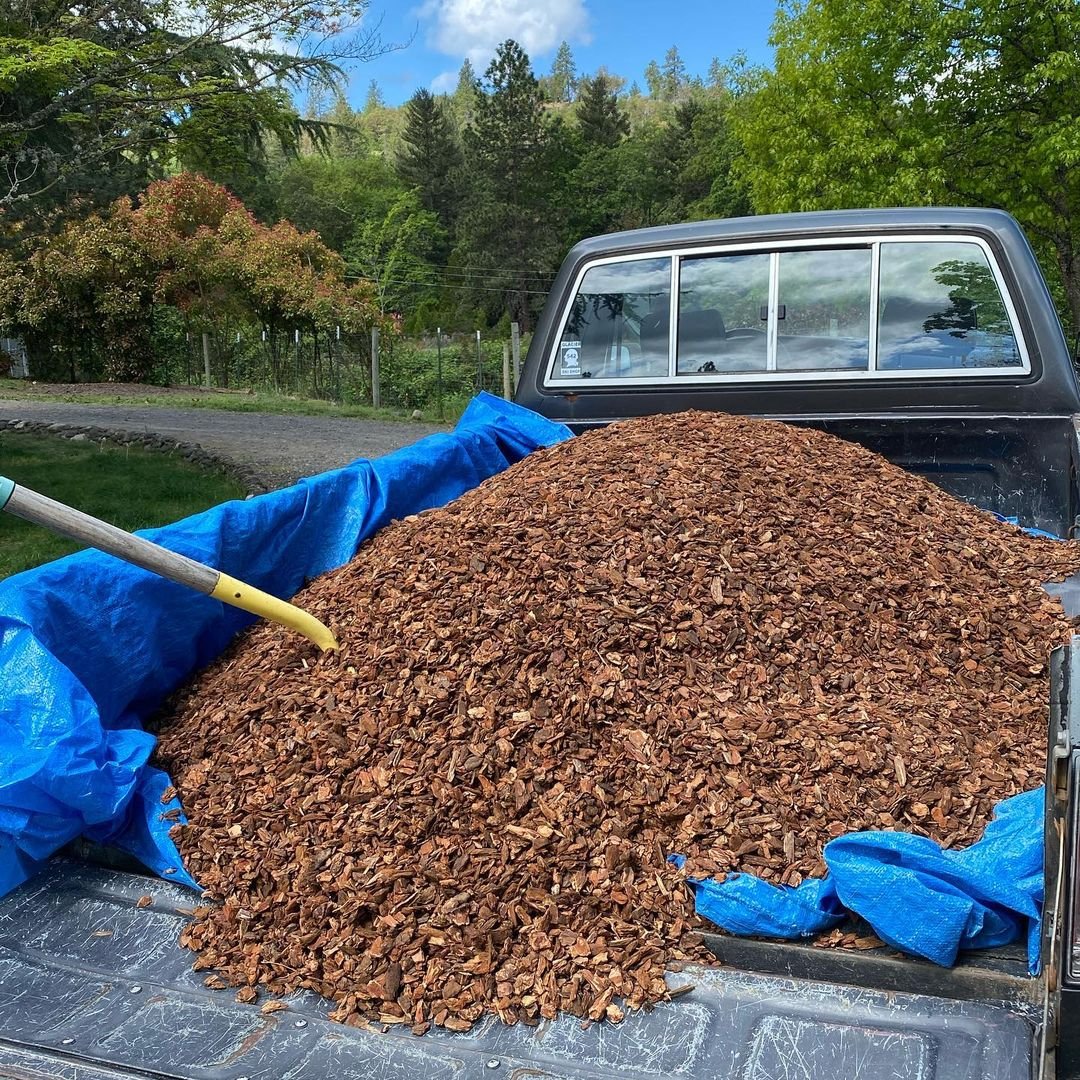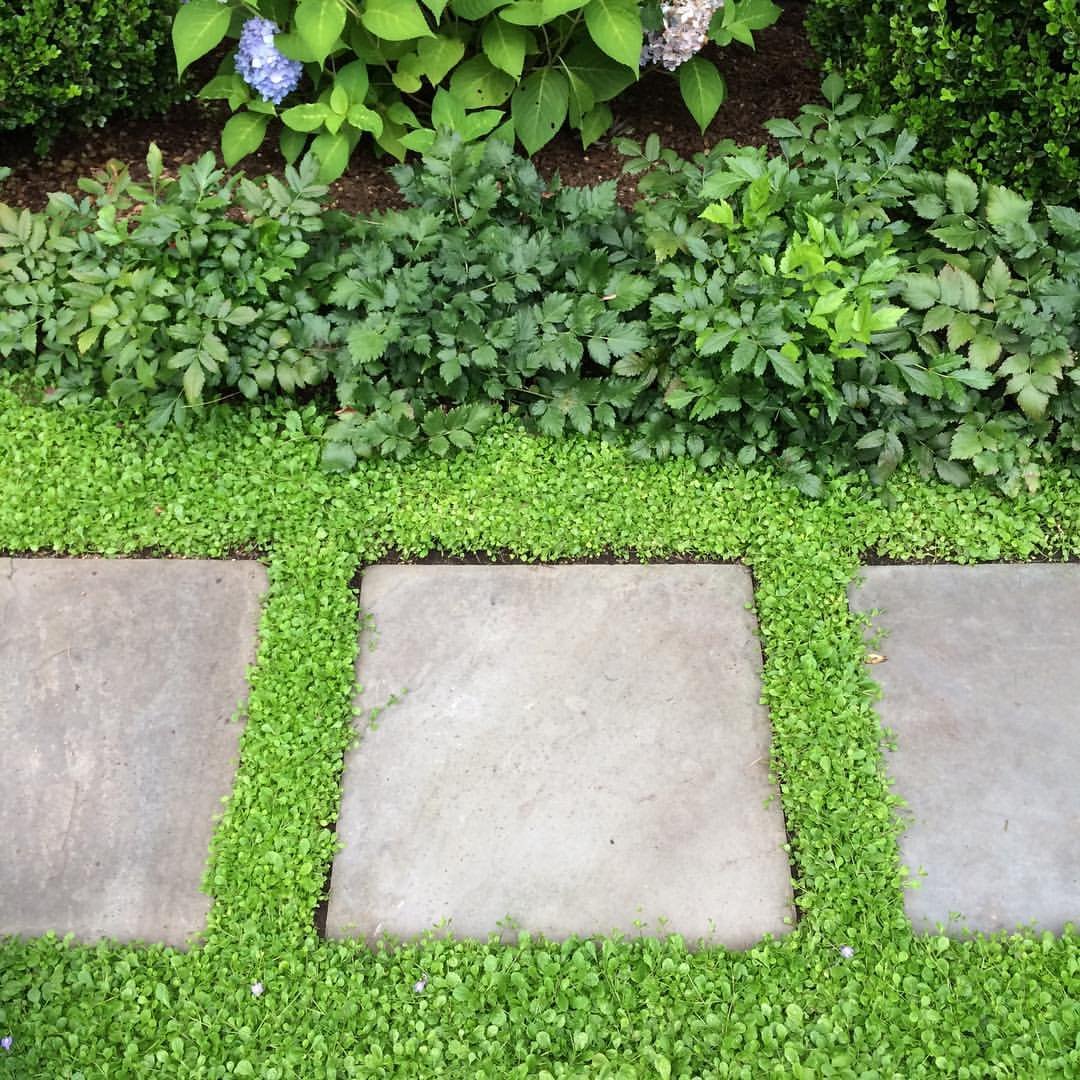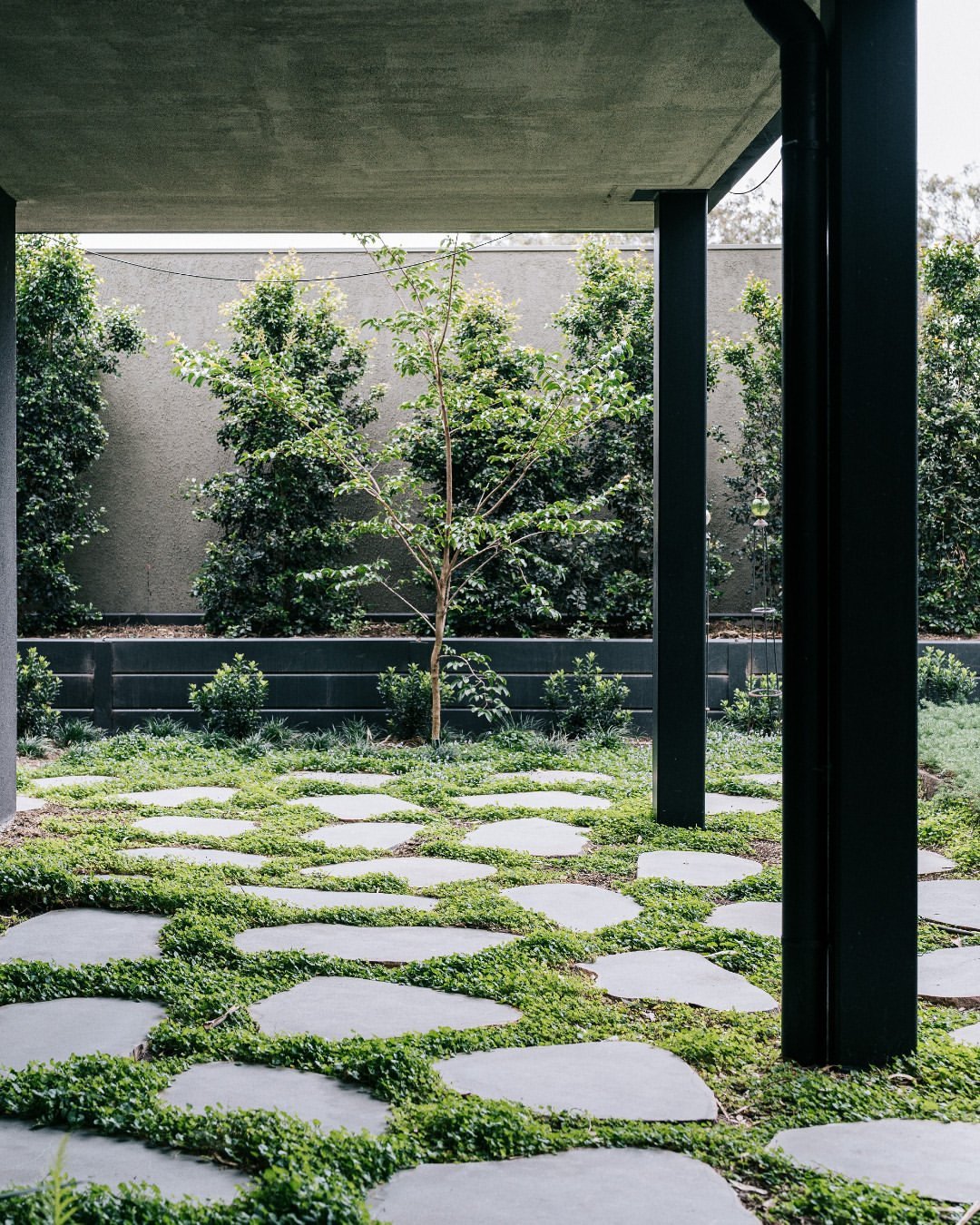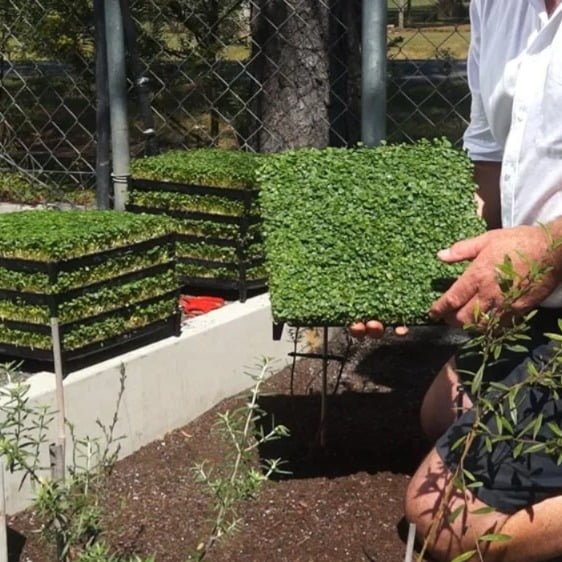Compare the benefits and drawbacks of beauty bark and living ground cover for your garden. Discover which option best suits your landscaping needs, enhances garden aesthetics and supports plant health.
When it comes to landscaping your garden, one of the biggest decisions you’ll have to make is whether to use beauty bark or living ground cover. Both options have their own unique advantages and disadvantages and the choice ultimately depends on your personal preferences, gardening goals, and the specific conditions of your outdoor space.
In this article, we’ll explore the pros and cons of beauty bark and living ground cover and help you determine which option is best suited for your garden. Let’s dive in!
What is Beauty Bark?

Beauty bark, also known as decorative bark mulch, is a type of mulch made from shredded or chipped wood, bark or a combination of both. It’s primarily used for landscaping purposes, providing a decorative and protective layer over the soil.
Beauty bark comes in various colors, textures and sizes, ranging from fine shreds to larger chunks. Some common types include:
- Cedar bark mulch: Known for its reddish-brown color and pleasant aroma.
- Pine bark mulch: Often available in a range of colors, from light tan to dark brown.
- Cypress mulch: Renowned for its rich, rustic appearance and long-lasting nature.
- Hardwood bark mulch: Derived from various hardwood trees, offering a natural, earthy look.
Pros of Using Beauty Bark

1. Aesthetic Appeal
Beauty bark adds a polished, well-manicured look to your garden, complementing different landscaping styles and plant varieties.
2. Moisture Retention
Mulch helps retain moisture in the soil, reducing the need for frequent watering and preventing water evaporation.
3. Weed Suppression
A thick layer of beauty bark can effectively suppress weed growth by blocking sunlight and creating a physical barrier.
4. Soil Temperature Regulation
Bark mulch insulates the soil, keeping it cooler during hot summer months and warmer during cold winters.
5. Nutrient Addition
As beauty bark decomposes over time, it releases nutrients into the soil, benefiting plant growth.
Cons of Using Beauty Bark

1. Temporary Solution
Beauty bark needs to be replenished periodically as it breaks down and loses its aesthetic appeal.
2. Potential for Fungal Growth
In damp conditions, bark mulch can harbor fungi, which may harm certain plants or pose health risks if inhaled.
3. Flammability
Dry bark mulch can be a fire hazard, especially in hot, dry climates or during drought conditions.
4. Potential for Soil Compaction
Over time, bark mulch can compact the soil, making it difficult for water and air to penetrate.
What is Living Ground Cover?

Living ground cover refers to low-growing plants that form a dense, carpet-like layer over the soil. These plants are an attractive and functional alternative to traditional mulches like beauty bark. Some popular choices for ground cover include:
- Pachysandra: A hardy evergreen ground cover that thrives in shady areas.
- Vinca minor: Also known as periwinkle, it features small purple or white flowers and tolerates both sun and shade.
- Creeping phlox: A colorful and fragrant ground cover that blooms in early spring.
- English ivy: A vigorous evergreen vine that can be used as a ground cover in shaded areas.
Pros of Using Living Ground Cover

1. Low Maintenance
Once established, living ground covers require minimal maintenance compared to traditional mulches.
2. Erosion Control
The dense root systems of ground covers help stabilize soil and prevent erosion, making them ideal for slopes or high-traffic areas.
3. Weed Suppression
A thick, healthy ground cover can outcompete and smother most weeds, reducing the need for herbicides.
4. Aesthetic Appeal
Living ground covers add texture, color and visual interest to your garden, often with seasonal blooms or foliage changes.
5. Biodiversity Support
Ground covers can provide food and habitat for various beneficial insects, birds and other wildlife.
Cons of Using Living Ground Cover

1. Initial Establishment
Ground covers may take longer to establish compared to applying beauty bark, requiring more patience and effort initially.
2. Invasiveness Potential
Some ground cover plants can become invasive if not properly contained or managed.
3. Maintenance Requirements
While generally low-maintenance, living ground covers may require occasional pruning, weeding or fertilization to keep them looking their best.
4. Limited Plant Diversity
Once a ground cover is established, it can be challenging to introduce other plant species in the same area.
5. Potential for Damage
Heavy foot traffic or excessive shade can stress or damage certain ground cover plants.
Choosing the Right Option for Your Garden
When deciding between beauty bark and living ground cover, consider the following factors:
1. Climate and Growing Conditions
Evaluate your local climate, soil type, and the amount of sunlight or shade in your garden. Some ground covers thrive in specific conditions, while beauty bark can be used in a wider range of environments.
2. Maintenance Preferences
If you prefer a low-maintenance approach, living ground covers may be the better choice once they’re established. However, if you don’t mind regular mulch replenishment, beauty bark could be a suitable option.
3. Aesthetic Goals
If you prioritize a manicured, polished look, beauty bark may better align with your desired aesthetic. Living ground covers, on the other hand, offer a more naturalistic and dynamic appearance.
4. Plant Diversity
If you want to incorporate a variety of plants in your garden, beauty bark may be more suitable, as it allows for easier plant additions and replacements.
5. Environmental Considerations
Living ground covers can provide ecological benefits by supporting biodiversity and preventing soil erosion. Beauty bark, while still beneficial for moisture retention and weed suppression, may have a larger environmental footprint due to its production and transportation.
Ultimately, there is no one-size-fits-all solution. Many gardeners choose to combine beauty bark and living ground cover in different areas of their outdoor spaces, leveraging the advantages of both options.By carefully considering your specific needs, preferences and garden conditions, you can make an informed decision that will enhance the beauty and functionality of your garden for years to come.
Remember, proper installation and maintenance are crucial for the success of either choice. Consult with local nurseries, gardening experts or landscape professionals for personalized advice and guidance tailored to your unique situation.